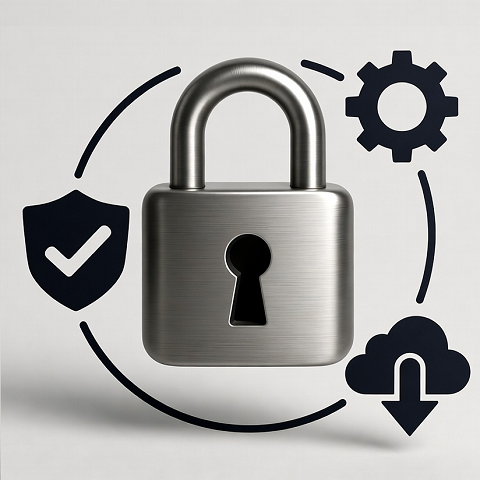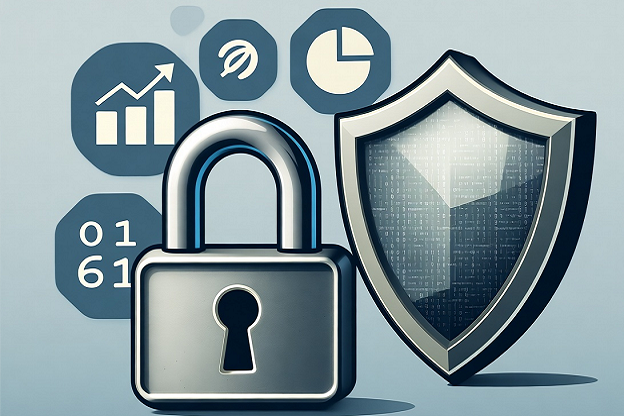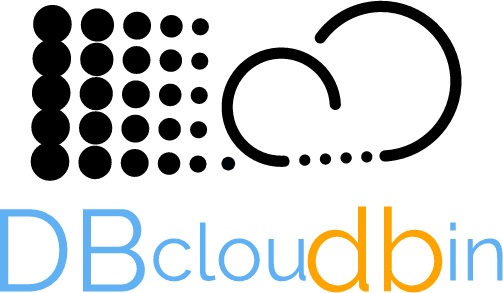
Protecting Customer Data: Smart Habits for Small Business Starters
Starting a new business feels like a sprint — building your product, getting customers, and making your first sales. But behind all that energy sits one quiet, non-negotiable task: protecting your customers’ data. It’s not just a compliance checkbox — it’s the foundation of trust.


Key Takeaways
Customer data protection builds trust, prevents breaches, and keeps your business legally safe. Focus on five fundamentals: encrypt, restrict, train, back up, and update. Start small, stay consistent, and never assume “it won’t happen to me.”

The “Invisible Asset” You Must Guard
When you collect emails, payment info, or even simple form submissions, you’re taking custody of people’s private details. Think of it as holding their house keys — misplace them, and the fallout lands on you.
Even a microbusiness or online shop using tools like Dropbox Business, Shopify, or Google Workspace can face fines or reputation loss if customer data leaks.

How to Build a Mini Data-Protection Framework
1. Map your data. List every place you collect, process, or store customer information — emails, forms, payment details, cloud folders.
→ Why it matters: You can’t protect what you don’t know exists.
2. Use encryption everywhere. Ensure your data is encrypted both “at rest” (stored) and “in transit” (when sent over the internet).
→ Why it matters: Prevents unauthorized access if a system is compromised.
3. Limit access permissions. Grant access to sensitive data only to team members who genuinely need it.
→ Why it matters: Reduces accidental leaks or insider misuse.
4. Back up your files consistently. Schedule automatic backups using trusted tools like Backblaze or built-in cloud features.
→ Why it matters: Guarantees recovery after loss, damage, or ransomware.
5. Train your team. Host short security refreshers about phishing, safe passwords, and suspicious links.
→ Why it matters: Most breaches start with simple human mistakes.

Common Data Risks and Solutions
- Lost Devices → Use remote-wipe software such as Microsoft Intune.
- Weak Passwords → Require MFA (multi-factor authentication).
- Public Wi-Fi Usage → Secure connections with NordVPN Teams.
- Unpatched Software → Enable automatic updates for everything from POS systems to CRMs.
- Email Phishing → Run short staff refreshers every quarter using security awareness tools like KnowBe4.

FAQ — New Business Owners Ask…
Q1. Isn’t data protection only for big companies?
A. No. Cybercriminals target small firms precisely because they’re easier to breach.
Q2. Can I just rely on my web host?
A. They secure the platform, not your customer records. You’re responsible for how you store and use that data.
Q3. What’s one thing I can do this week?
A. Audit who has access to sensitive files — it’s often more people than you think.
Q4. Should I use free antivirus software?
A. Free tools can help, but business-grade solutions (like Bitdefender Small Office Security) give stronger protection and support.

The Education Advantage
One of the simplest ways to get ahead of data protection mistakes is to learn the fundamentals before you scale. Taking comprehensive IT courses online helps you see the bigger picture, from network security to legal frameworks. Such courses are flexible, self-paced, and constantly updated to reflect real-world threats. You’ll learn how to spot vulnerabilities early, design safe workflows, and make informed software choices without hiring a consultant right away.

Product Spotlight: LastPass Business
In the chaos of a startup, password management often slips through the cracks. LastPass Business can automate that entire headache — generating strong credentials, storing them securely, and letting teams share access safely. It’s a small monthly expense that prevents massive headaches later.

How to Run a One-Hour Privacy Audit
- Log every app or service your business uses (CRM, payment processor, email platform).
- Note what customer data each collects.
- Check each provider’s privacy policy — confirm data is encrypted and not resold.
- Delete unused accounts and revoke third-party integrations.
- Set a 6-month reminder to repeat the process.
Result → You’ll gain a clean, updated map of your digital footprint — and spot weak links before they cause trouble.

Comparing Basic vs. Advanced Data Protection
| Level | Typical Tools | Pros | Cons |
| Basic | Built-in encryption, password managers, standard firewalls | Quick setup, low cost | Limited customization, manual upkeep |
| Intermediate | MFA, data loss prevention, employee training | Balanced protection | Requires more oversight |
| Advanced | Dedicated security staff, SIEM systems, custom compliance audits | Strong defense | Higher cost and maintenance |

Glossary
- Encryption: Turning readable data into scrambled code.
- MFA: Multi-factor authentication — using a password plus another verification step.
- Data Breach: Unauthorized access to private information.
- SIEM: Security Information and Event Management — software that monitors threats.
- Compliance: Meeting the legal standards for data protection in your industry.
- Endpoint: Any device (laptop, phone, tablet) that connects to your business network.

Extra Tools You Might Explore
- DBcloudbin for cloud storage service with intrinsic data protection mechanisms
- Cloudflare for site-level protection
- Asana to manage data-handling workflows
- Trello for privacy training schedules
- Slack with controlled channels for internal communications

Conclusion
Protecting customer data isn’t an IT chore — it’s a business promise. Start early, keep it simple, and build habits your future self will thank you for. Data safety isn’t about perfection — it’s about consistency, clarity, and care.
Post written by Cherie Mclaughlin
